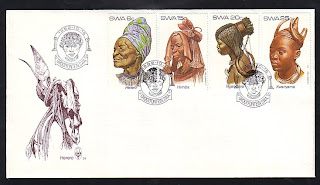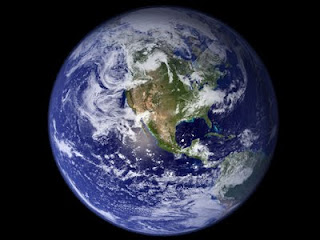http://images.google.com/imgres?imgurl=http://e-vint.com/shop/costumes/egypthats/egyptian001det.jpg&imgrefurl=http://e-vint.com/costumedl.html&usg=__d-bwN0DND_oJaeDdZhJqo2e4u_g=&h=400&w=222&sz=15&hl=en&start=31&tbnid=qanXpkK2xFD56M:&tbnh=124&tbnw=69&prev=/images%3Fq%3Degyptian%2Bheaddress%26gbv%3D2%26ndsp%3D21%26hl%3Den%26sa%3DN%26start%3D21
http://images.google.com/imgres?imgurl=http://www.firstpeople.us/photos/Warriors_feather_head-dress_Cowichan.jpg&imgrefurl=http://www.firstpeople.us/photos/Warriors_feather_head-dress_Cowichan.html&usg=__CCMFIxtwlhUiWWQQW2DaB8EfPTg=&h=922&w=600&sz=37&hl=en&start=129&tbnid=147ykl7T6wqRxM:&tbnh=147&tbnw=96&prev=/images%3Fq%3Dnative%2Bamerican%2Bheaddress%26gbv%3D2%26ndsp%3D21%26hl%3Den%26sa%3DN%26start%3D126
http://www.youtube.com/watch?v=qqx7LKeC_GE&feature=related
Tuesday, December 1, 2009
Posted by The Art of Headdresses at 3:22 PM 0 comments
Papa New Guinea

 Each headdress represents a different area of where and how one society lives. Because the island of New Guinea is a vast range of weather from the highlands, mountains and lowlands, different materials are going to be utilized to make a statement, namely framing the face. Different birds of paradise feathers are used, different animals claws and teeth are found, different textures of plant fibers are used as well with different seeds, plant material and minerals are used to paint the face and body. There is also body piercing associated with the total look of using a ceremonial headdress. Some have tusks of animals, others feathers, some with stakes of specific woods. Since they are in a tropical area of the world, the colors are going to bright and full with a lot of variety of what the construction 0f each headdress will take on.
Each headdress represents a different area of where and how one society lives. Because the island of New Guinea is a vast range of weather from the highlands, mountains and lowlands, different materials are going to be utilized to make a statement, namely framing the face. Different birds of paradise feathers are used, different animals claws and teeth are found, different textures of plant fibers are used as well with different seeds, plant material and minerals are used to paint the face and body. There is also body piercing associated with the total look of using a ceremonial headdress. Some have tusks of animals, others feathers, some with stakes of specific woods. Since they are in a tropical area of the world, the colors are going to bright and full with a lot of variety of what the construction 0f each headdress will take on.Posted by The Art of Headdresses at 3:12 PM 0 comments
The Orient
The Orient has the most diverse of culture traits, but all have similar relations as to why one would have a headdress. All use elements that take to most time to create, use the most precious and most rare of ingredients to make them with, the are to fashion certain designs and insignia takes an artisan to craft it and only the wealth, of nobility or high social ranking have it. It is an image of beauty, propriety and a figure head of what is and what should be the essence of a people in the display of one individual.

Korea

Japan valued perfection in look, sturcture and the asthetic of a womans hair, especially a woman of high ranking. It was uncomfortable to do ones hair, laced in hot wax to hold its form and charcoal to keep the color bold. Different combs of jewels and flowers and sandalwood pikes to decorate the hair gave her a natural perfume and beauty. Purity and grace was important here as well, but displayed differently.

Posted by The Art of Headdresses at 3:01 PM 0 comments
The Isles of the Sea
Posted by The Art of Headdresses at 2:15 PM 0 comments
Tibet
Posted by The Art of Headdresses at 2:06 PM 0 comments
Egypt


Posted by The Art of Headdresses at 1:58 PM 0 comments
In the Beginning

Posted by The Art of Headdresses at 1:52 PM 0 comments
The World and Its Headdress
Posted by The Art of Headdresses at 12:47 PM 0 comments





























